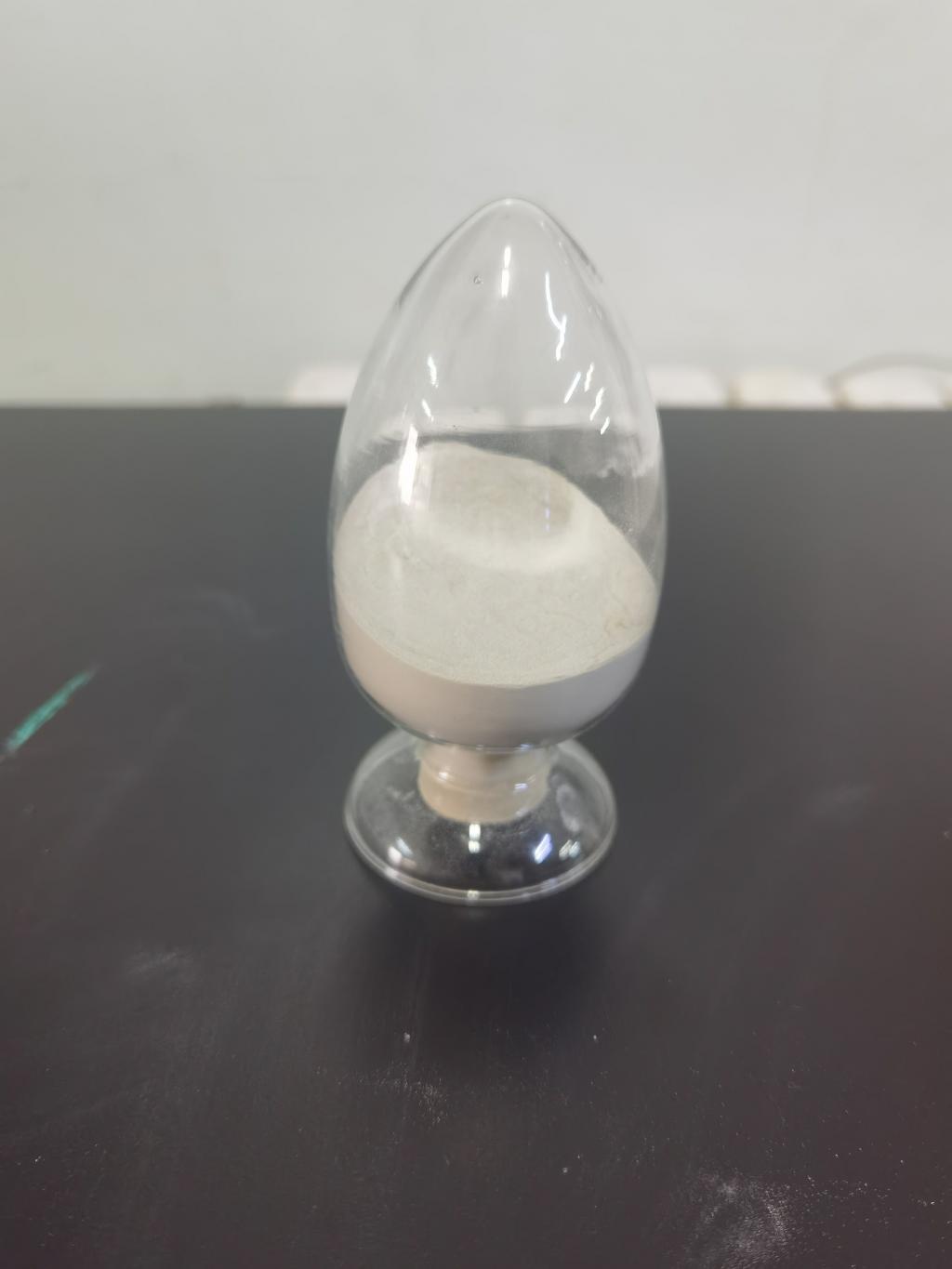Tel:+8618231198596

News
 CONTACT
CONTACT
 CONTACT
CONTACT
- Linkman:Linda Yao
- Tel: +8618231198596
- Email:linda.yao@dcpharma.cn
- Linkman:CHARLES.WANG
- Department:Overseas
- Tel: 0086 0311-85537378 0086 0311-85539701
News
Nisin's use in controlling microbial growth in pet food.
TIME:2024-05-29
Mechanism of Action:
Nisin is a bacteriocin produced by certain strains of lactic acid bacteria, particularly Lactococcus lactis. It exerts its antimicrobial activity primarily by disrupting the integrity of bacterial cell membranes. Nisin binds to lipid II, a precursor molecule in bacterial cell wall synthesis, leading to pore formation and leakage of cellular contents. Additionally, nisin may disrupt membrane potential, inhibit cell wall synthesis, and interfere with essential cellular processes, ultimately resulting in bacterial cell death. Importantly, nisin exhibits broad-spectrum activity against various Gram-positive bacteria, including foodborne pathogens such as Staphylococcus aureus and Listeria monocytogenes.
Efficacy Against Common Contaminants:
In pet food manufacturing, microbial contaminants such as Salmonella spp., Escherichia coli, Clostridium perfringens, and molds present significant challenges to product quality and safety. Studies have demonstrated the efficacy of nisin in controlling the growth of these common contaminants in pet food formulations. Nisin-containing coatings, films, and sprays have been shown to inhibit microbial growth on pet food surfaces and packaging materials, thereby extending shelf life and reducing the risk of contamination during storage and transportation. Moreover, nisin-based antimicrobial agents have been incorporated into dry and wet pet food formulations to prevent spoilage and improve microbial safety.
Regulatory Status and Practical Applications:
Nisin is approved as a food preservative in many countries and is generally recognized as safe (GRAS) by regulatory authorities such as the U.S. Food and Drug Administration (FDA) and the European Food Safety Authority (EFSA). Its use in pet food manufacturing requires compliance with relevant regulations and guidelines, including maximum residue limits and labeling requirements. Currently, nisin is utilized in various pet food products, including dry kibble, canned food, treats, and supplements, to control microbial contamination and enhance product safety. Manufacturers may incorporate nisin directly into pet food formulations or apply it as a surface treatment during processing and packaging.
Challenges and Future Perspectives:
While nisin holds promise as a natural antimicrobial agent for pet food applications, several challenges need to be addressed to maximize its effectiveness and acceptance in the industry. These include optimizing formulation and delivery systems to ensure consistent and uniform distribution of nisin in pet food products. Additionally, further research is needed to evaluate the long-term stability, sensory impact, and potential interactions of nisin with other ingredients in pet food formulations. Collaborative efforts between pet food manufacturers, regulatory agencies, and research institutions are essential to address these challenges and pave the way for the widespread adoption of nisin-based antimicrobial solutions in the pet food industry.
Conclusion:
Nisin represents a valuable tool for controlling microbial growth in pet food products, thereby enhancing safety and quality for companion animals. Its natural origin, broad-spectrum antimicrobial activity, and regulatory approval make it an attractive alternative to traditional preservatives in pet food manufacturing. While challenges remain in terms of formulation optimization, regulatory compliance, and consumer acceptance, ongoing research and collaboration efforts hold the key to realizing the full potential of nisin in ensuring the safety and integrity of pet food products.
- Tel:+8618231198596
- Whatsapp:18231198596
- Chat With Skype







